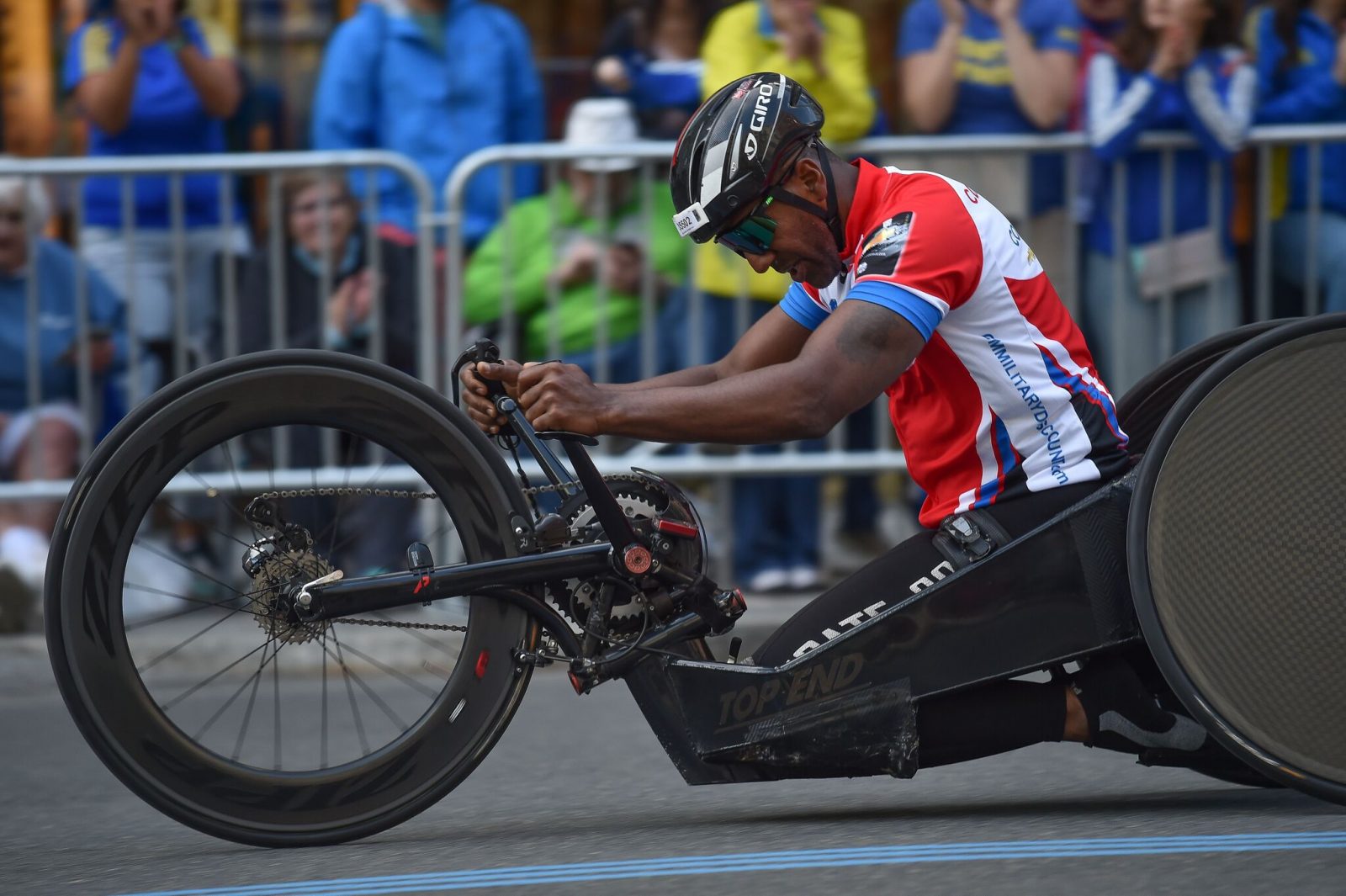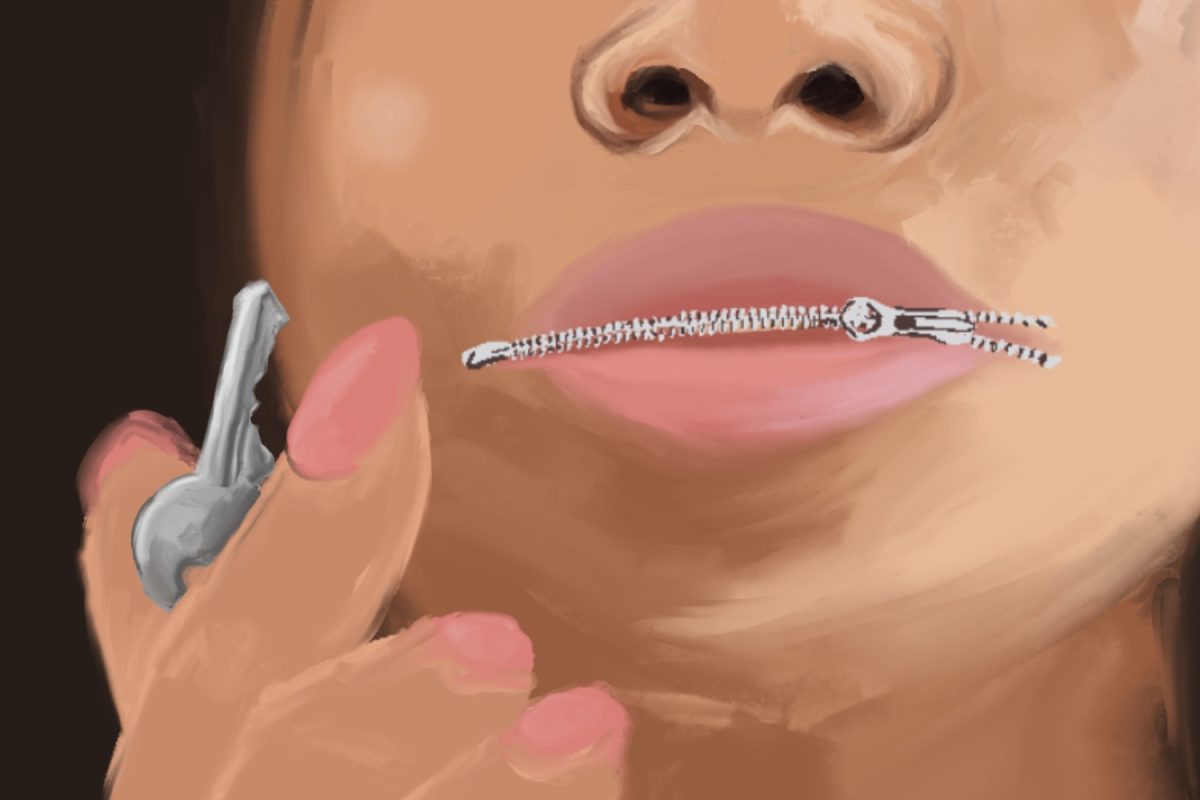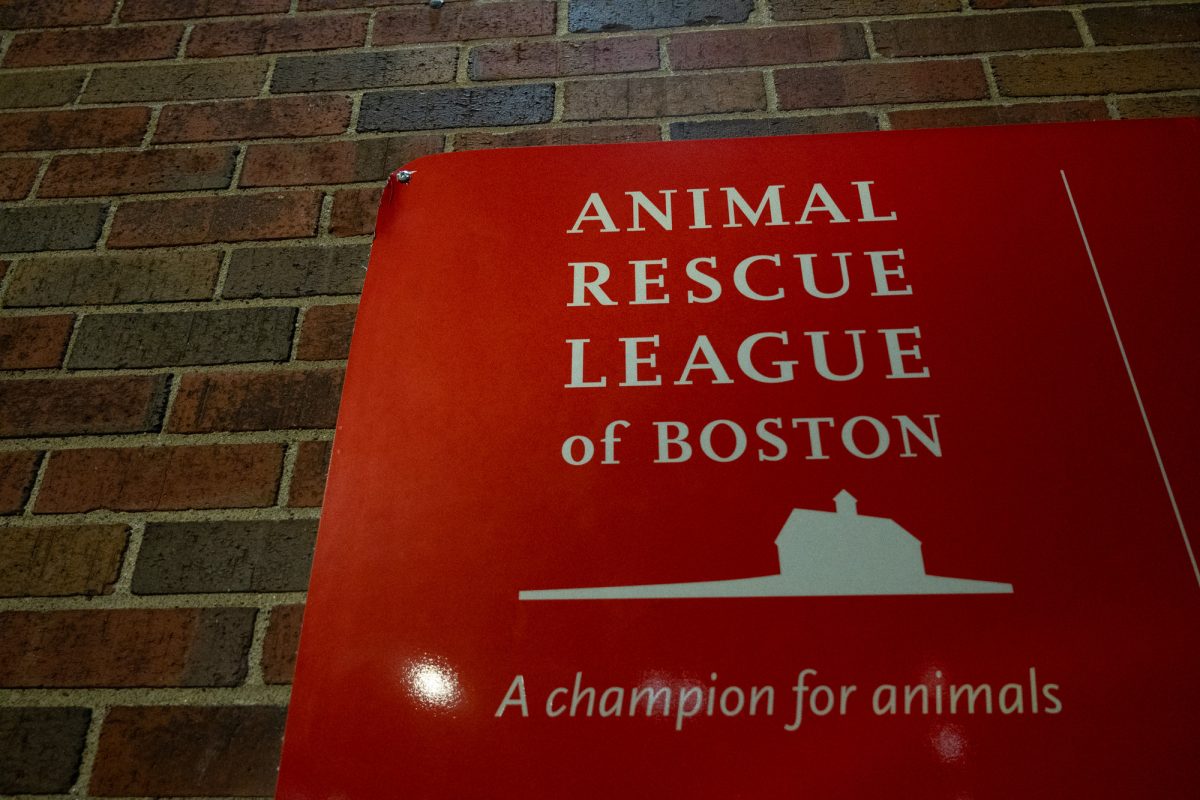
After Boston Athletic Association Chief Executive Officer Tom Grilk issued an apology, on April 11, for alleged discrimination against athletes with disabilities, debate broke out among athletes who participated in the different disability divisions of the Boston Marathon in previous years.
The apology came on the heels of several handcyclists speaking out about the lack of acknowledgement as competitors in the marathon. But, while it may have satisfied handcyclists who felt underappreciated by the BAA, the apology drew backlash from athletes who compete in the Push Rim Wheelchair Division of the marathon.
Patrick Doak, who has been competing in IRONMAN triathlons and marathons in a push rim chair for 20 years, is one of those athletes who thinks the BAA owes no apology.
Doak said while unequal treatment of people with disabilities is clearly unacceptable, he and his fellow athletes do not want concessions made in their favor.
“My overall perspective … has always been that we don’t want any concessions,” Doak said. “We want to be held to the same standards as the able-bodied athletes.”
Doak said the heart of the argument lies not in the fact that handcyclists have been treated unfairly in the Boston Marathon in the past, but with the idea that the sport of handcycling has no place in marathons to begin with.
“To tell somebody with a disability ‘no’ isn’t necessarily discrimination,” Doak said.
Doak said it is important to note the differences between the sports of handcycling and wheelchair racing. Because of the mechanics of the two different vehicles, competing in a push rim chair is most similar to running, while handcycling is more like riding a bicycle.
“You can imagine that to go out and run a marathon is probably a little bit harder than to hop on a bike and ride 26 miles,” Doak said.
Jason Fowler, another experienced push rim racer, has competed in 19 Boston Marathons and echoed Doak’s sentiment that push rim racing is more challenging because it’s a high-impact sport.
He explained that in a push rim chair, the athletes use their arms to “punch” the rims on the wheels, not just grab them and push.
Push rim chairs also require athletes to sit up in the fetal position, as Fowler described it, whereas handcycles are more accommodating to those whose disabilities might prevent them from sitting in certain positions.
Fowler said the exclusivity of the Boston Marathon is what makes it special.
“The really cool part about Boston … is that this is one of the world’s best and most elite marathons,” Fowler said. “If you talk to an able-bodied person … it takes years to qualify because it’s so competitive.”
He said not everyone can be a competitive runner for physical reasons, and since wheelchair racing and handcycling are sports in that same sense, handcycling should not be viewed as an acceptable alternative to wheelchair racing just because a handcycle is more accommodating.
“You have people … writing articles pulling at the heartstrings of people saying it should be inclusive for everybody,” Fowler said. “I would entirely disagree that a marathon is for everybody.”
Both Doak and Fowler said there is no animosity between push rim racers and handcyclists, but the majority of the push rim racing community does not think handcycles belong in a marathon setting.
“If you’re going to have a [handcycle] division and you’re going to have people out there, you should give them a trophy and give them equal treatment, but I think they shouldn’t be out there in the first place,” Fowler said.
Tom Davis, who has competed in the Boston Marathon in a handcycle three times, agreed the nature of a handcycle is more similar to a bicycle, but said that is no reason to exclude them from marathons.
“You have to have a certain body type and certain abilities to be able to get in a push rim chair, and I know I can’t do it,” Davis said. “I know a lot of people that can’t wedge themselves into one.”
Davis said because his injuries are located in his lower back and knee, he is physically unable to compete in a push rim chair, whereas the different types of handcycles allow him to lie down and stretch out his legs.
“[Handcycles] are a little more accommodating to different injuries and different disabilities,” Davis said.
Unlike Doak and Fowler, Davis argued the issue is not about whether or not handcycling should be accepted in marathons, but that certain members of the BAA made discriminatory comments towards handcycles and treated them unfairly.
“We were being treated like second-class citizens,” Davis said.
Davis said he agrees push rim racing and handcycling are different sports and should be treated as such, but does not think the inclusion of handcycling in marathons affects the integrity of the competition.
“[Push rim chairs and handcycles] are two completely distinct divisions,” Davis said. “[Push rim chairs] start five minutes ahead of us. Their prize money wasn’t affected, their publicity, their finish times, nothing was affected by us being in the race.”
Davis said the inclusion of handcycling in marathons has greater significance than whether or not it compromises the sanctity of the event.
“A marathon is one of the greatest physical challenges people can do,” Davis said. “If you have some kind of disability and you can’t run it, you can’t do it in a push rim, now you have this awesome opportunity to be able to do it in a different way.”

























































































































John Smythe • May 1, 2017 at 2:35 pm
The wheelchair division is an officially sanctioned race within marathon competition. Handcycling is not and has only been allowed in marathons due to threats of lawsuits against marathon organizers. It’s a pity that handcyclists and Achilles International don’t realize that they truly don’t belong in marathons and that there are officially sanctions handcycling races within the USA and other countries: http://usahandbikecircuit.com/ & http://www.ehf-ehc.eu/